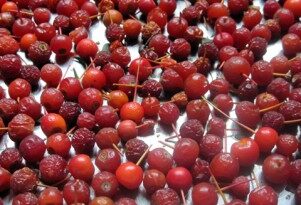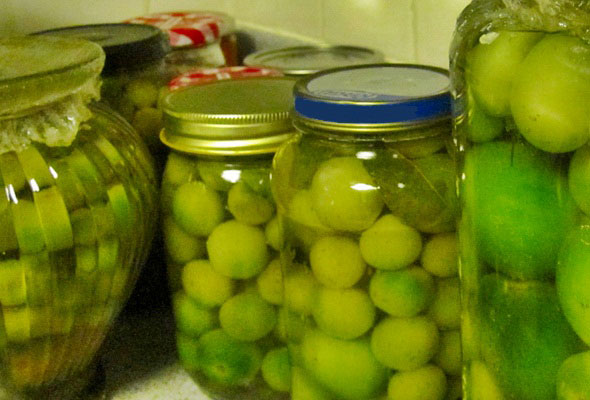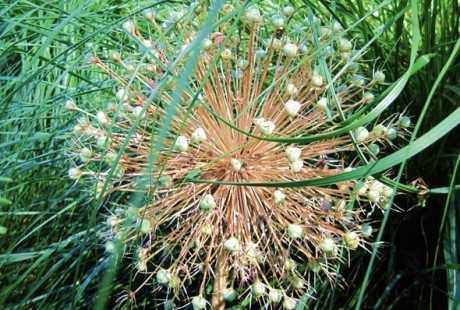february and fruit trees
I gingerly stepped out the door and a blast of cold air threw me back in. It’s February. So much for my gardening enthusiasm, I guess I can stick to potpourri and fragrant sachets for now but since late winter is a good time for tree planting, let’s talk about fruit trees.
Children are usually very excited about growing their own fruit, and even though most urban gardens can’t accommodate an orchard, there are ways to include fruit trees in your landscape. Many of them come in miniature form and can be grown in pots in all but the smallest of spaces, on a patio or a balcony corner. Of course the garden expert will look at more innovative ways to grow them, for instance apple and pear trees can be trained around an arbor or an espalier. Their chords grow infinitely long and in time can cover an entire wall or arched way, pretty much like ivy, but fruitful.
Plant bare root trees before they come out of dormancy. Let their roots soak in water overnight, especially if they arrive frozen (don’t worry about that, they are supposed to be acclimated to cold temperature, they will not be harmed by freezing). Plant them in a hole that is as tall as their root ball and twice as wide. Keep the ground free of fallen fruit and leaves which can harbor fungi and bacteria. Water them generously during the first summer, especially during droughts.
Most trees don’t yield until they reach maturity, usually 2 to 5 years. If your tree is old enough to bloom it will probably bear fruit if it gets pollinated. Not all apple and pear tree varieties are self pollinating, check with the nursery to find out if this is the case with the specific cultivar you selected, but to be on the safe side you should plant at least two trees, no more than 100 ft apart. Crab apples are suitable pollinators for edible apple varieties, provided that they bloom at the same time.
Prune fruit trees to keep their canopy low and wide, both to ensure there is enough light for the tree to produce optimal crops and to allow the little gardeners the joy of picking the fruit themselves. Trim all damaged, diseased and crossing branches flush to the larger tree limb and remove all water sprouts (small twigs growing straight up from the branches) or suckers (sprouts that grow straight from the roots or around the base of the tree). Keep the trimming shears clean and disinfected and seal the wounds with wax if you can, to stop pathogens.
Unless you are an expert and are working towards maximizing fruit yield, don’t overdo the pruning, different fruit trees have different needs and will most likely do just fine without help. As long as their branches are healthy and not obviously crowded leave them be.




 Previous Post
Previous Post Next Post
Next Post




